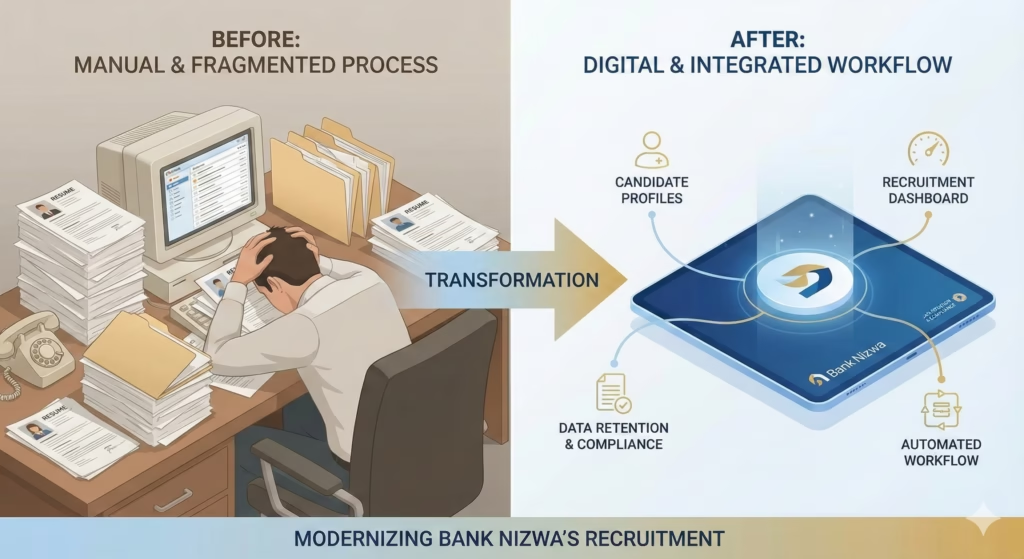When customers reach out for support, they don’t just want answers — they want them fast. Customers expect quick responses — whether they’re raising a query, following up on an order, or asking for support. But here’s the challenge: if your team is constantly chasing emails, switching between platforms, or overloaded with repetitive tasks, response times will slow down and employees will burn out.
So how can businesses strike the right balance — faster responses and a motivated team? The answer lies in smarter customer management.
The Real Cost of Delayed Responses
Every minute a customer waits feels longer to them than it does to your team. Studies show that slow response times directly impact customer satisfaction and loyalty. A frustrated customer is more likely to leave negative reviews, switch to a competitor, or stop engaging altogether.
But the cost isn’t just external. Internally, when your team scrambles to manage scattered requests across email, calls, and spreadsheets, it creates stress and lowers morale. Over time, burnout leads to higher attrition — and replacing skilled employees costs even more.
Why Traditional Approaches Fall Short
Most companies still rely on manual methods: shared inboxes, individual follow-ups, or basic ticketing tools. While these may work at a small scale, they quickly collapse when volumes rise. Issues get missed, responses get duplicated, and teams spend more time organizing requests than actually solving them.
This inefficiency drains both your customers’ patience and your employees’ energy.
Smarter Ways to Reduce Response Time
With modern Customer Management Solutions, businesses can handle queries faster without increasing team workload. Here’s how:
- Automated Ticket Routing: Queries automatically go to the right person or department, avoiding confusion and delays.
- Centralized Dashboard: Teams can see all customer interactions in one place, instead of juggling between emails, chats, and calls.
- Response Templates: Ready-to-use, customizable replies save time for common questions.
- Priority Flags & Alerts: Urgent issues stand out immediately, ensuring quick attention.
- Analytics & Reports: Managers can track average response times, identify bottlenecks, and continuously improve.
By shifting repetitive tasks to automation, teams can focus on what really matters: listening to customers and solving their problems effectively.
Keeping Teams Energized While Serving Customers Better
The goal of technology isn’t to replace the human touch — it’s to support it. When tools handle routine processes, employees feel less stressed, more focused, and better equipped to provide empathetic customer service. This not only reduces burnout but also boosts overall productivity.
Final Thoughts
Reducing response time isn’t about pushing your team to work faster — it’s about working smarter. By adopting intelligent customer management solutions, businesses can ensure that customers feel heard and valued while employees stay engaged and motivated.
At the end of the day, great customer support isn’t just fast — it’s sustainable.




